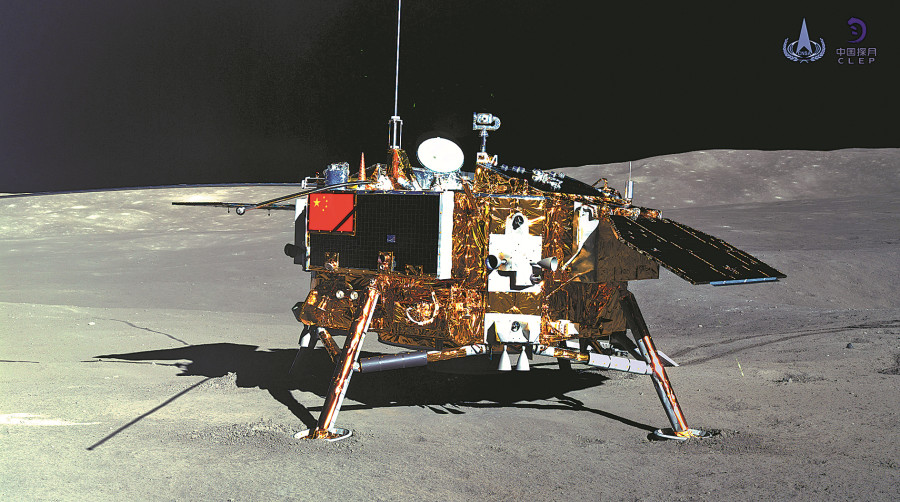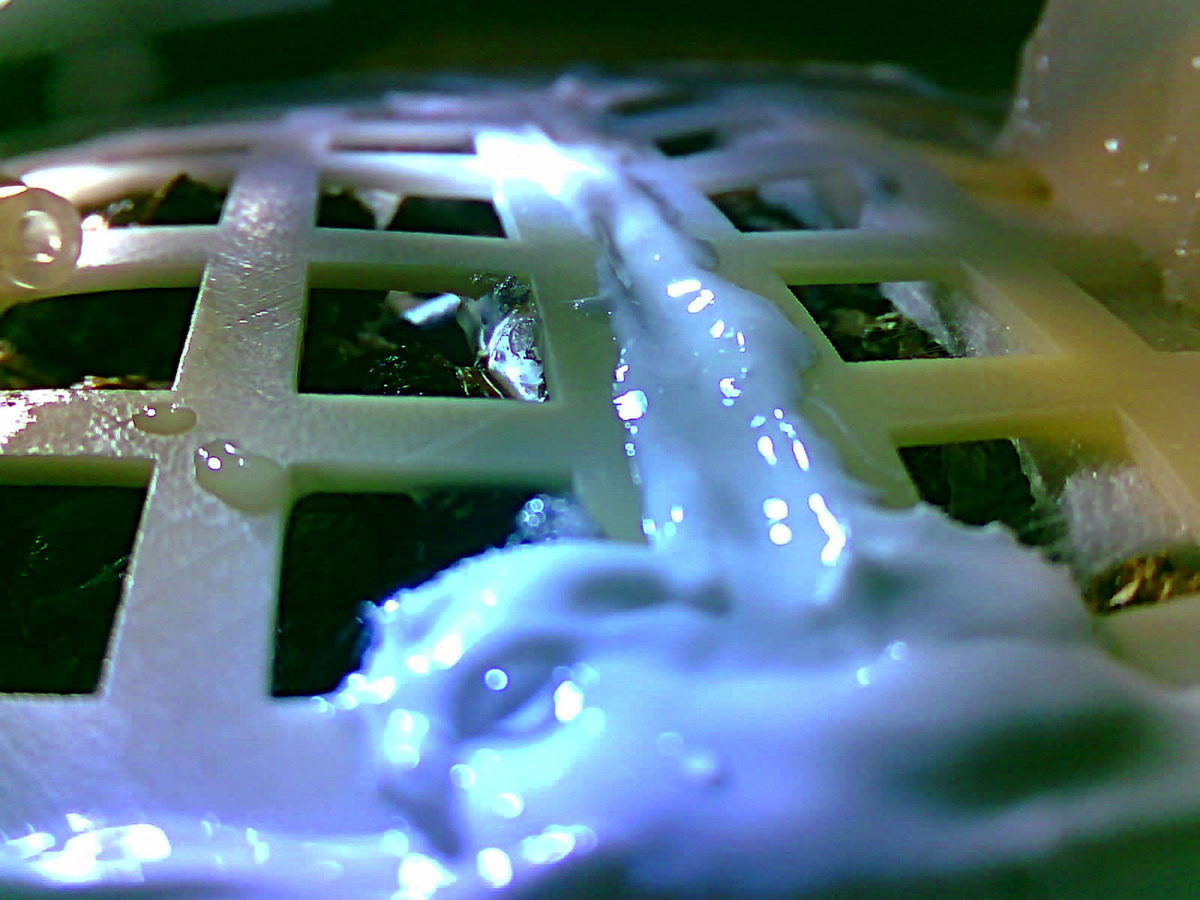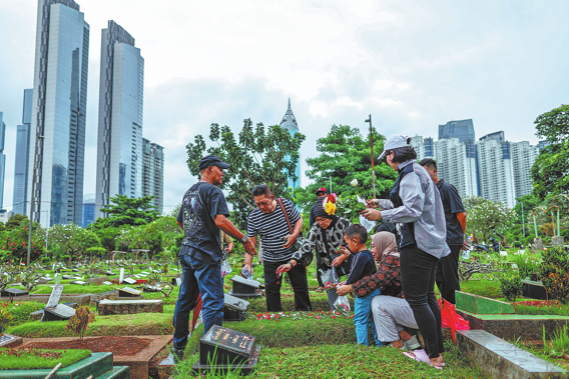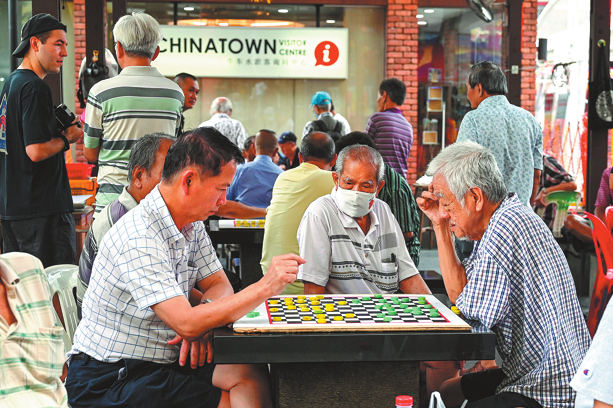China's lunar planting sows seeds of exploration


Leading US scientist hails 'significant leap' for future missions
China's space biology experiment, in which cotton seeds sprouted on the moon's far side aboard its lunar lander Chang'e 4, is a "significant leap" in life-support technologies for future human space habitation, a senior US scientist has said.
With the experiment and earlier related efforts, China is leading in the area of bio-regenerative life support and space agricultural technologies crucial for long-duration human space exploration, according to Marshall Porterfield, who was division director for NASA's space life and physical sciences from 2012 to 2016.
A canister on the probe formed a mini-biosphere for seeds of cotton, rapeseed, potato and Arabidopsis (cress), as well as fruit fly eggs and yeast. It ended its operation as planned, and the data it collected will be "invaluable in improving the experiment and possibly make the moon habitable for humans", Xie Gengxin, chief designer of the experiment, said on Friday.
The major differences in the experiment done aboard the Chang'e 4 mission and those by others, including on the International Space Station, are the automation and integration of biological research capabilities in the lunar lander, said Porterfield, now a professor of agricultural and biological engineering at Purdue University, Indiana in the United States.
"This puts the experiment out beyond the radiation shield of the planet," he said, adding that deep space radiation is the major impediment to human Mars exploration, and ISS research currently does not expose the experiments to such radiation.
Porterfield, who has been involved in space biology research for more than 25 years, said China's experiment on the lunar surface has taken life into a harsh environment and built knowledge and expertise in understanding life in deep space.
"When I was at NASA, we had opportunities to develop these types of experiments but lacked the budget and resources. Now China is doing this important work, which will contribute greatly to the future of human space habitation," he told China Daily.
NASA, the National Aeronautics and Space Administration, has had a long history of pursuing bioregenerative life support and controlled environment agriculture in programs dating back to the 1980s and 90s.
Likewise, the former Soviet Union and later Russia have invested in, and pursued, such biotechnology platforms beginning with the first Salyut space stations and continuing up through Mir, according to Porterfield.

During his tenure as a NASA division director, he and his colleagues had developed and completed the Veggie experiments, which tested a plant growth system in outer space environments, and the One-Year Mission, a scientific research project aboard the ISS, which studied the health effects of long-term space flight.
"Based on my experience working and leading in this field, I am very excited by the accomplishments of the Chinese space-science community," he said.
While these biotechnology platforms are widely regarded as being absolutely necessary and required for human exploration into the solar system, NASA and Russia have both discontinued the programs and currently lack the capabilities and working expertise to pursue the bioregenerative life support and agricultural technologies, he said.
China is leading in this area now and has invested considerable resources in developing its own biotech test-bed, he said.
"These recent experiments are a significant leap in pursuing advanced life-support technologies for long-duration human exploration," Porterfield said.
Briony Horgan, assistant professor of earth, atmospheric and planetary sciences at Purdue University, said sustainable horticulture and eventually agriculture in space will be "absolutely critical" for maintaining a permanent human presence on the moon or Mars.
"Experiments like the Chang'e 4 biological experiments are an important step toward understanding how we can farm within the unique conditions of space, including no- or low-gravity and sterile environments," Horgan told China Daily.
The closest that terrestrial vegetation has come to the moon before now was in 1971, when Apollo 14 astronaut Stuart Roosa carried hundreds of tree seeds to orbit the moon with him.
Many of the seeds were later planted back on Earth, becoming "moon trees", according to a report posted on Space.com on Jan 15.
The US space agency said on Friday that its lunar reconnaissance orbiter is expected to take images of the landing site of the Chang'e 4 lander on Jan 31.































